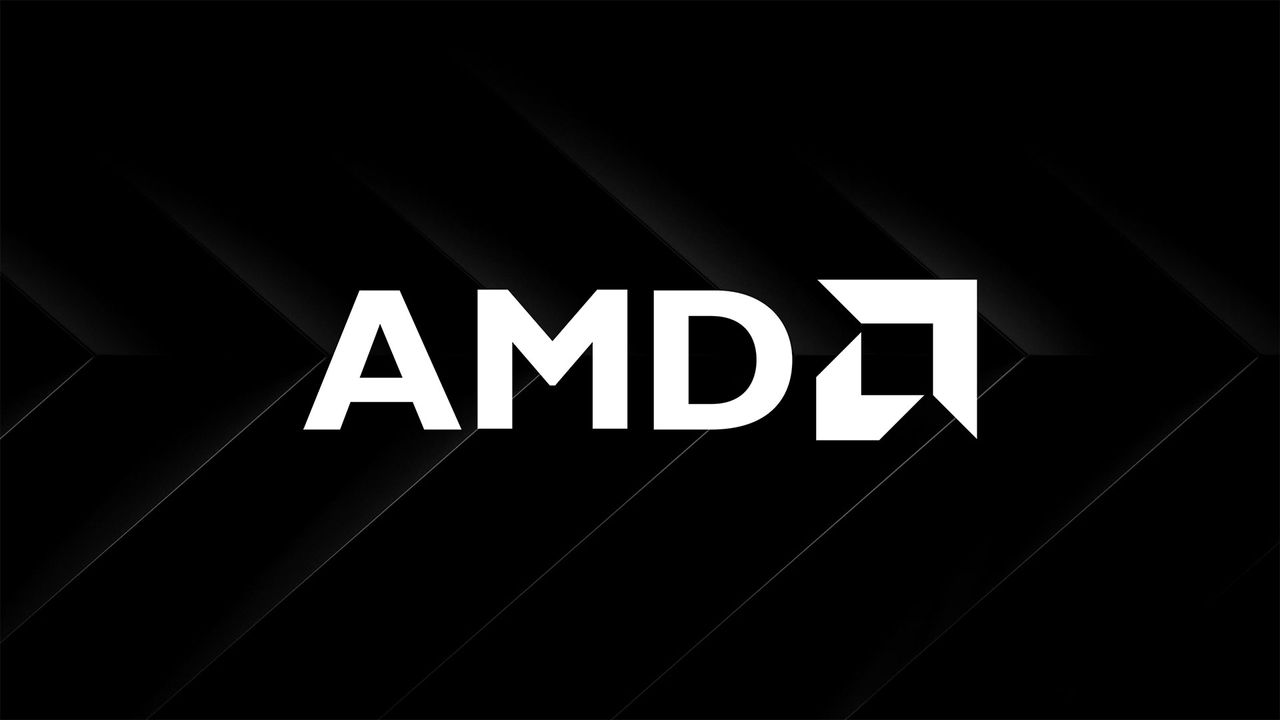
AMD accidentally marks FSR 4 open-source — source code reveals potential support for older Radeon GPUs

AMD recently published a new version of its FidelitySDK with FSR 4 upscaling and FSR 3.1.5 frame generation support. However, during the process, the GPU manufacturer accidentally published the full FSR 4 source code on GitHub (seemingly unintentionally). Before AMD took it down, some media outlets and X users managed to record screenshots of the files, including Videocardz.
The files reveal that AMD was working on a second version of FSR 4, capable of operating through the int8 numerical format. Videocardz’ screenshot shows duplicate FSR 4 files, with a set focused on FP8 and the other int8 support. The only reason you’d want to make another version of your upscaler that runs on a different numerical format is to support more GPUs.
AMD accidentally posted FSR4’s Source Code and then tried to delete it all LOLThe repohttps://t.co/FOpsWIn5sfCommit historyhttps://t.co/nIMoDMt0LFAugust 20, 2025
Thus, AMD’s GitHub FSR 4 repository confirms that AMD has at least tried to make FSR 4 compatible with its older RDNA 3 GPUs. What the files don’t tell us is how far AMD got, or how successful the int8 version is. Regardless, if the int8 version was ready for the public, AMD would probably have announced it by now.
Adding more GPU support to FSR 4 would be beneficial for AMD and for the PC gaming community as a whole. FSR 4 is the first version of AMD’s upscaler that is not GPU-agnostic, supporting GPUs powered by its RDNA 4 architecture exclusively. RDNA 4 includes upgraded AI accelerators that are designed to process FP8 workloads efficiently, which is why FSR 4 only uses the FP8 numerical format right now.
Hopefully, we will see the int8 version of FSR 4 in the wild, whether in prototype form or officially. However, it is likely that the int8 version produces noticeably worse quality than its FP8 counterpart, purely due to the higher accuracy FP8 provides. We already have examples of this today, such as Intel’s XeSS upscaler, which comes in two flavors: one tuned for Intel’s XMX cores in its GPUs and the other, a GPU-agnostic version dubbed DP4a, which produces an inferior-looking image.
Version 2.0 of AMD’s FidelitySDK comes with FSR 4 support and FSR 3.1.5 frame generation support. Furthermore, AMD states this new version will serve as the launching pad for all of its machine learning neural rendering technologies moving forward, including the upcoming FSR Redstone feature set. FidelityFX SDK provides all the tools necessary for game developers to incorporate FidelityFX technologies into their games.
Follow Tom’s Hardware on Google News to get our up-to-date news, analysis, and reviews in your feeds. Make sure to click the Follow button.







